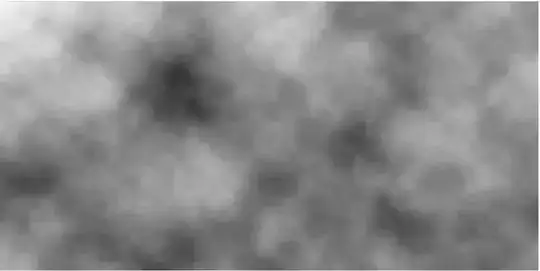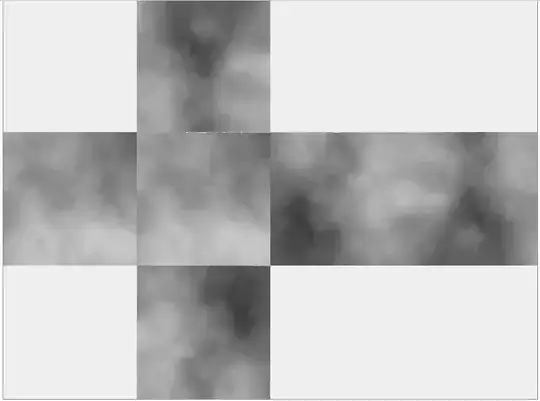Recently I just finished a program which makes a plane image using perlin noise. Now I want to make that image a cubemap image.
This because I want to apply it to a planet (which was made from a cube). I have been trying to generate this cubemap, but there are a lot of discontinuities on the image. Do you know any way to generate this cubemap without these "gaps"? Thank you in advance.
I am using the Javascript library P5.js

